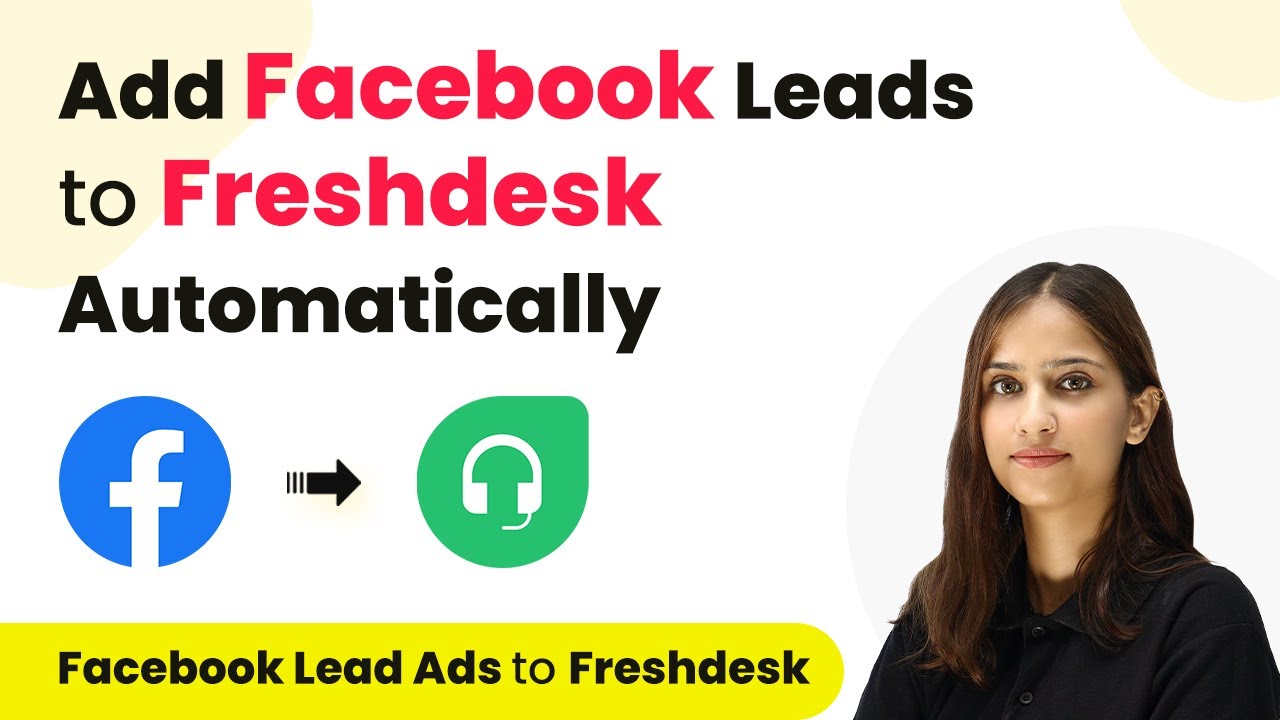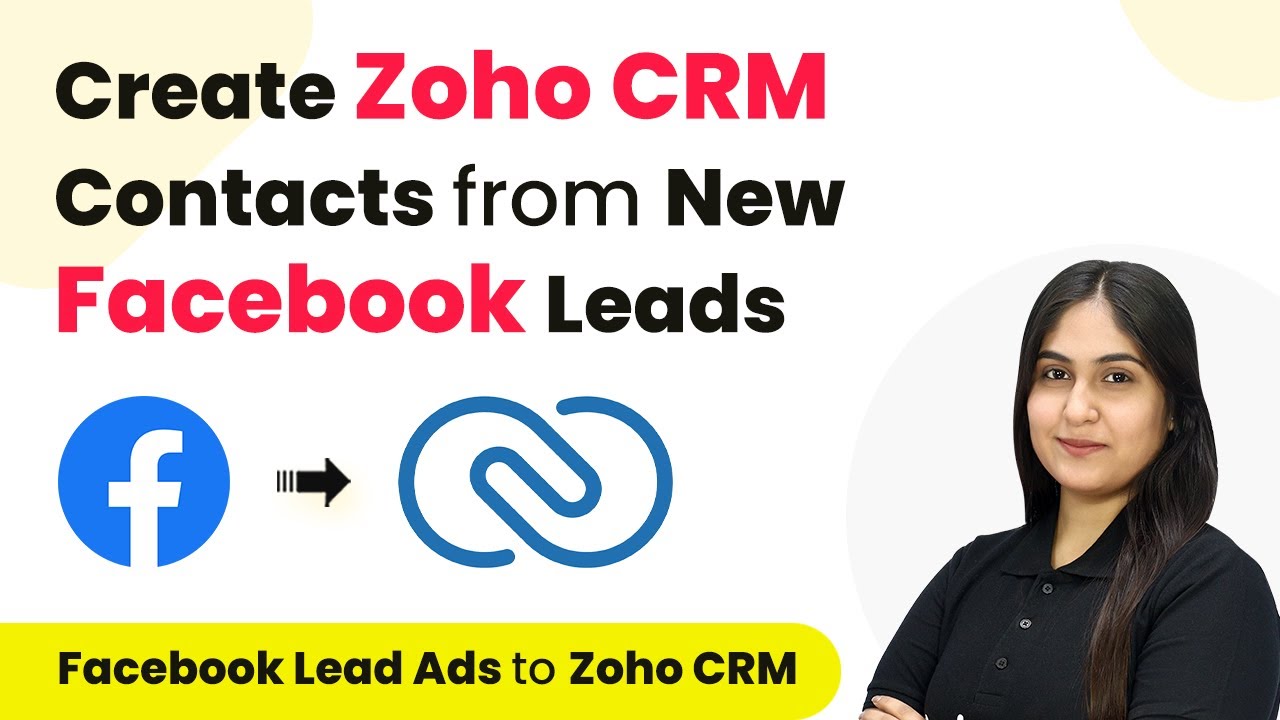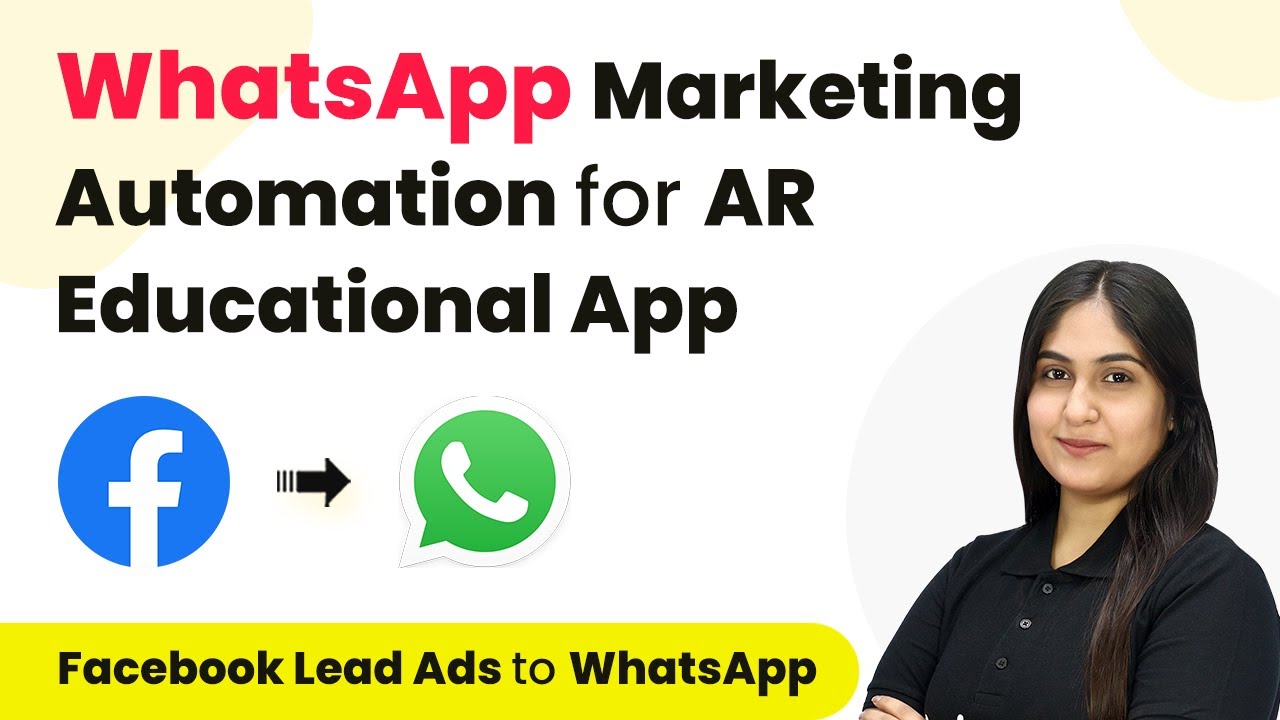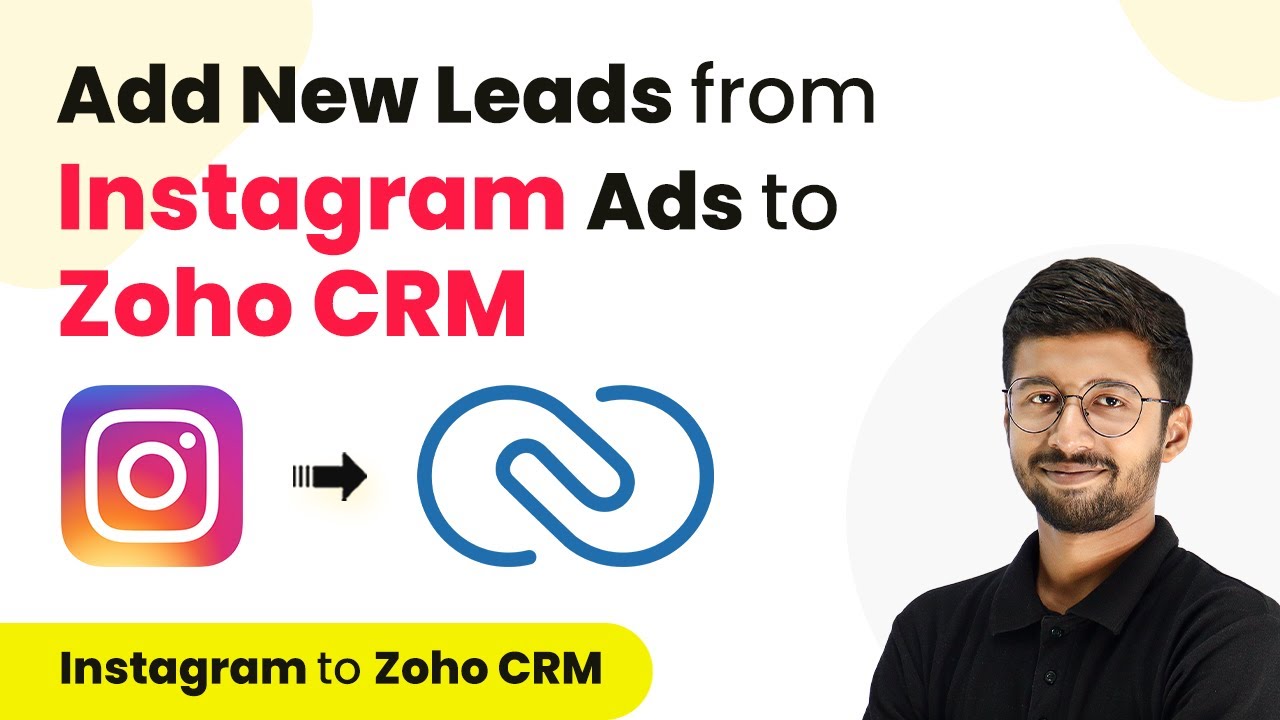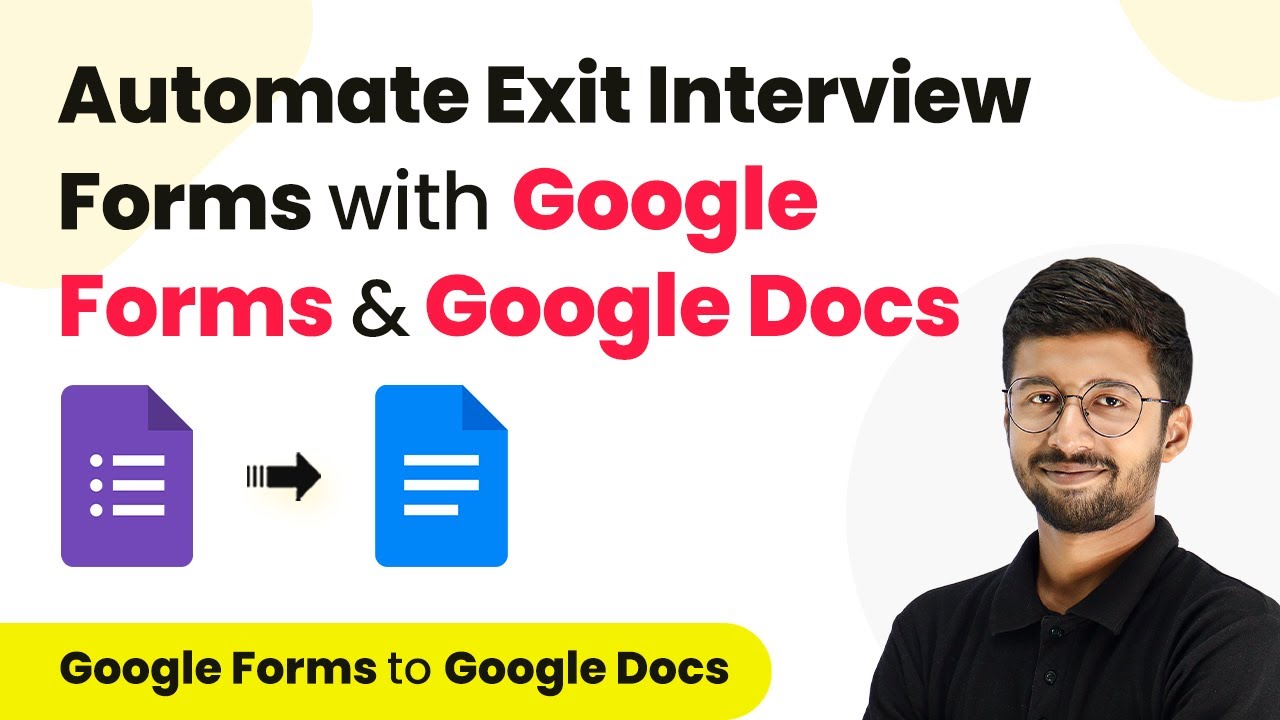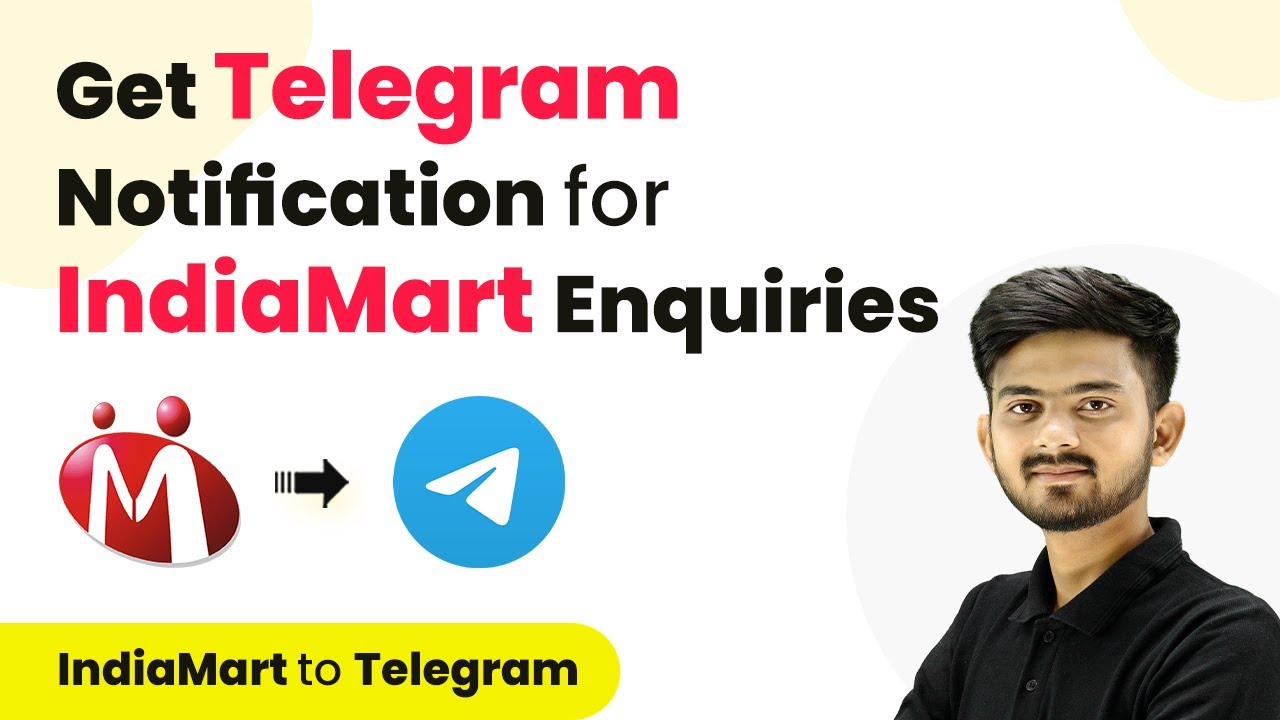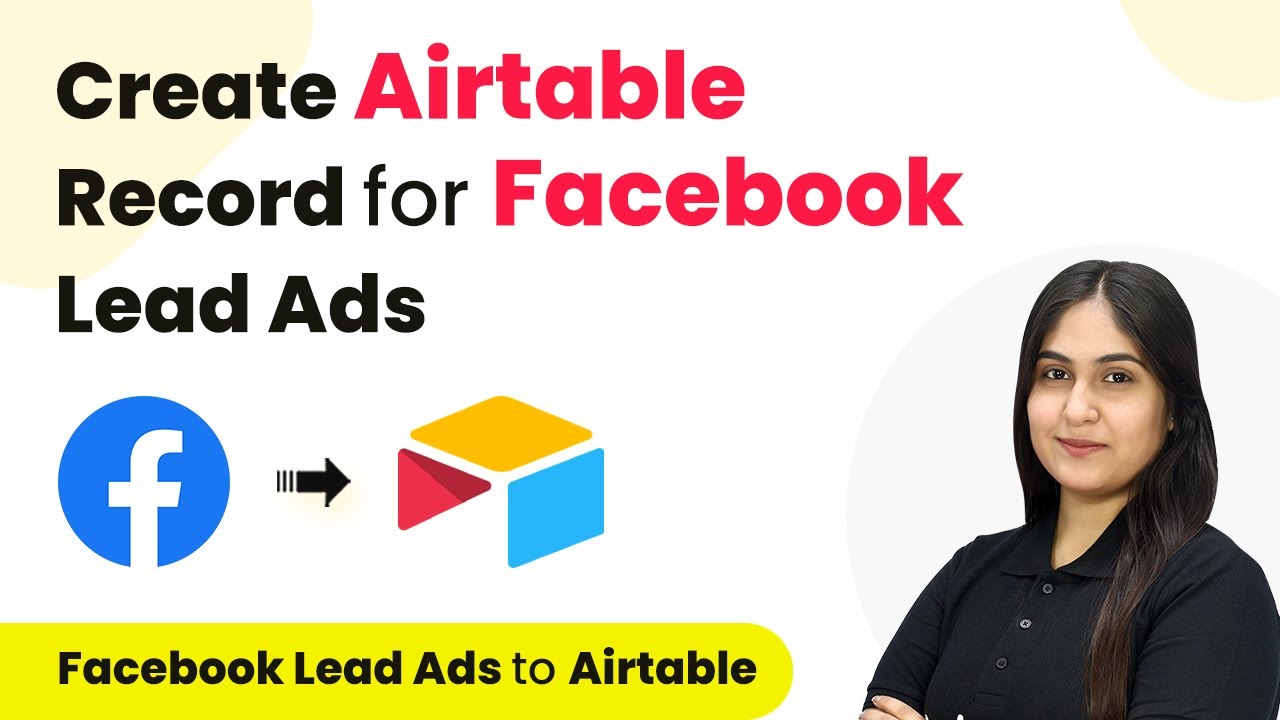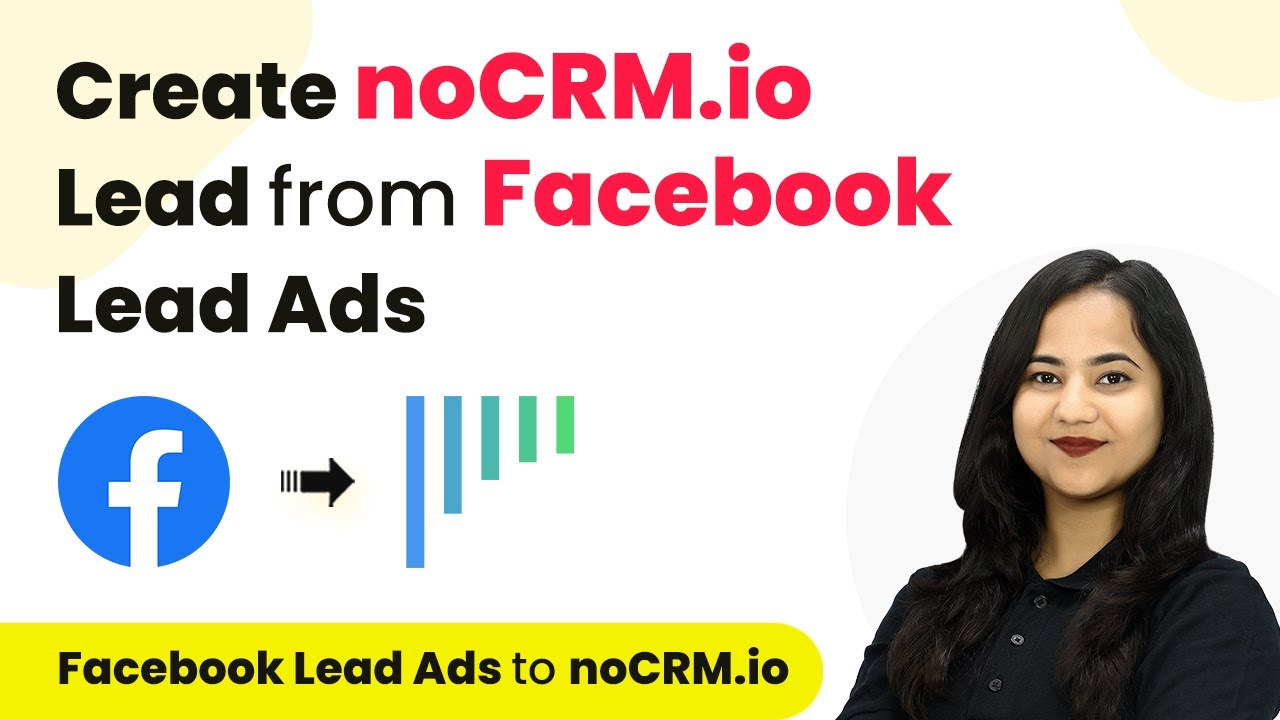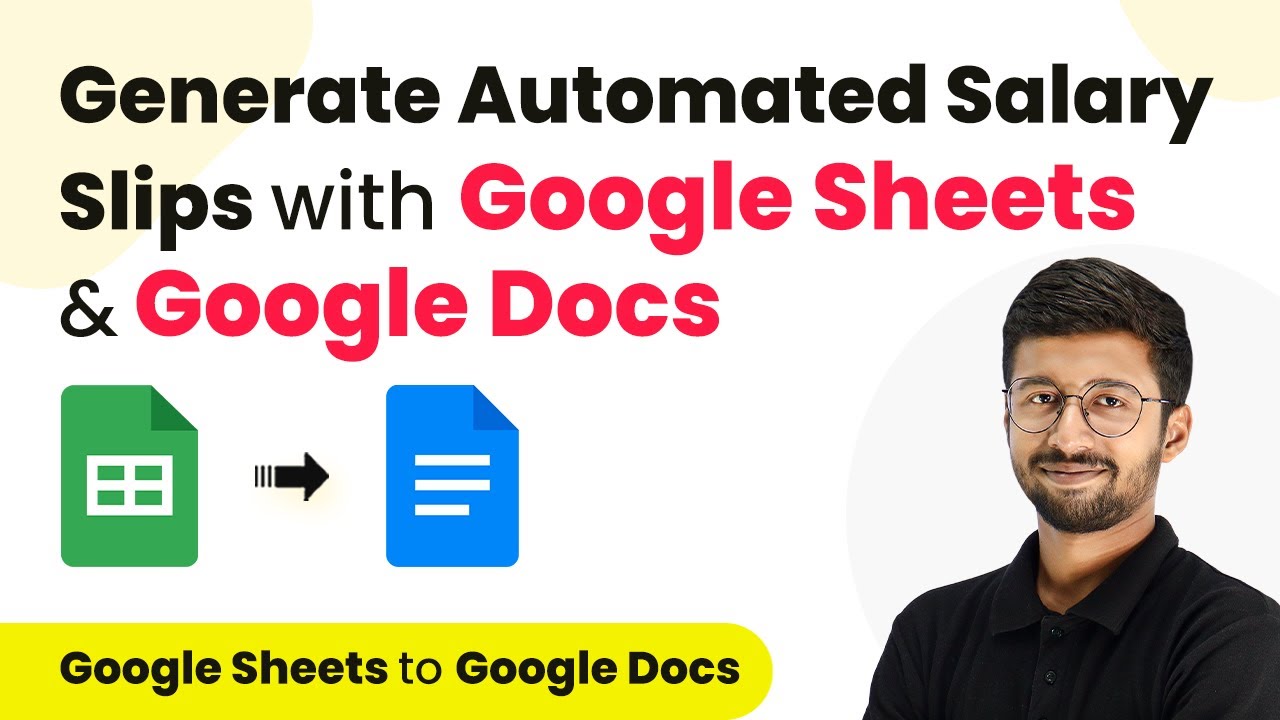Learn how to integrate Facebook leads to Google Sheets for your cryptocurrency education platform using Pabbly Connect. Follow this detailed tutorial for seamless automation. Develop expertise in application integration and learn how to design streamlined automation workflows using proven, simplified approaches.
Watch Step By Step Video Tutorial Below
1. Accessing Pabbly Connect for Automation
To start integrating Facebook leads into Google Sheets, access Pabbly Connect by visiting the official website. Once there, you can either sign in if you are an existing user or sign up for a free account to explore the platform.
After signing in, you will be directed to the Pabbly Connect dashboard. Here, you can create a new workflow that will automate the process of adding leads to Google Sheets whenever a new lead is generated on Facebook.
2. Creating a New Workflow in Pabbly Connect
In your Pabbly Connect dashboard, click on the ‘Create Workflow’ button located at the top right corner. This allows you to set up a new automation process. Name your workflow, for example, ‘Crypt Matrix Facebook Lead Ads to Google Sheets,’ to keep it organized. using Pabbly Connect
- Select a folder for your workflow, such as ‘Facebook leads to Google Sheets.’
- Click on the ‘Create’ button to finalize your workflow setup.
Now, you will see two main components in your workflow: Trigger and Action. The Trigger will be set to Facebook Lead Ads, which will initiate the process whenever a new lead is received.
3. Setting Up the Trigger for Facebook Lead Ads
To set up the trigger in Pabbly Connect, choose Facebook Lead Ads as your trigger application. Select the event as ‘New Lead Instant’ to ensure that the system captures leads immediately after they are generated.
Next, click on ‘Connect’ to establish a new connection with your Facebook account. If you have previously connected your account, you can select that existing connection. After authorizing your account, select your Facebook page, which in this case is named ‘Crypt Matrix.’
- Choose the lead generation form you want to work with, such as the ‘Admission Form.’
- Click on ‘Save and Send Test Request’ to test the connection.
Upon successful testing, you will see that Pabbly Connect has received the lead data, confirming that your trigger setup is complete.
4. Configuring the Action in Google Sheets
After setting up the trigger, it’s time to configure the action step in Pabbly Connect. Select Google Sheets as your action application and choose the action event as ‘Add New Row.’ This will ensure that every new lead is added as a new row in your Google Sheets document.
Click on ‘Connect’ to set up a new connection with your Google Sheets account. Authorize Pabbly Connect to access your Google Sheets data. Once authorized, select the specific Google Sheet you created for the leads, named ‘Admission Form.’
Map the fields from the Facebook lead data to the corresponding columns in your Google Sheet, such as name, email, and phone number. Click on ‘Save and Send Test Request’ to ensure the data is being sent correctly.
Once the test is successful, you can check your Google Sheets to verify that the lead data has been added accurately.
5. Testing the Automation Workflow
To ensure everything is functioning correctly, you need to test your automation workflow in Pabbly Connect. Go back to the Facebook lead testing tool and delete any previous test leads to create a new one.
Submit a new lead using the lead testing tool, and after submitting, check your Google Sheets to confirm that the new lead details have been added successfully. If everything is set up correctly, you should see the new lead reflected in your Google Sheet.
With this, you have successfully integrated Facebook leads into Google Sheets using Pabbly Connect. This automation will save you time and ensure that all leads are captured accurately without manual entry.
Conclusion
In this tutorial, we explored how to use Pabbly Connect to automate the process of adding Facebook leads to Google Sheets for a cryptocurrency education platform. This integration streamlines lead management and enhances efficiency for your Academy.
Ensure you check out Pabbly Connect to create business automation workflows and reduce manual tasks. Pabbly Connect currently offer integration with 2,000+ applications.
- Check out Pabbly Connect – Automate your business workflows effortlessly!
- Sign Up Free – Start your journey with ease!
- 10,000+ Video Tutorials – Learn step by step!
- Join Pabbly Facebook Group – Connect with 21,000+ like minded people!

